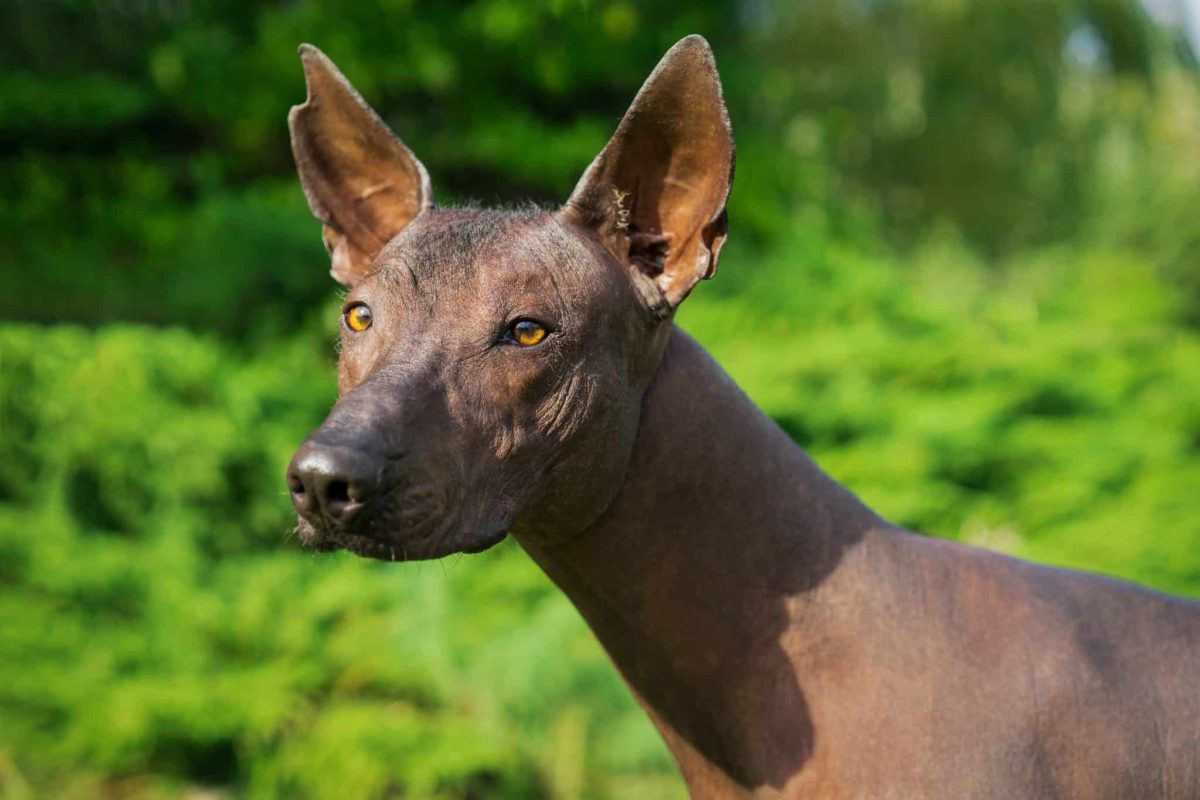 Shutterstock
Shutterstock
Modern dog breeds have evolved through selective breeding to look fabulous in holiday sweaters and beg like professionals for snacks. But not all pups are products of recent innovation. Some breeds have stayed remarkably true to their ancient ancestors, trotting through time with barely a makeover. These time-traveling tail-waggers have resisted drastic change and still resemble the dogs painted in cave art, sculpted in temples, or chilling in pyramids. Their features, behaviors, and even jobs have remained surprisingly consistent over the centuries.
Basenji
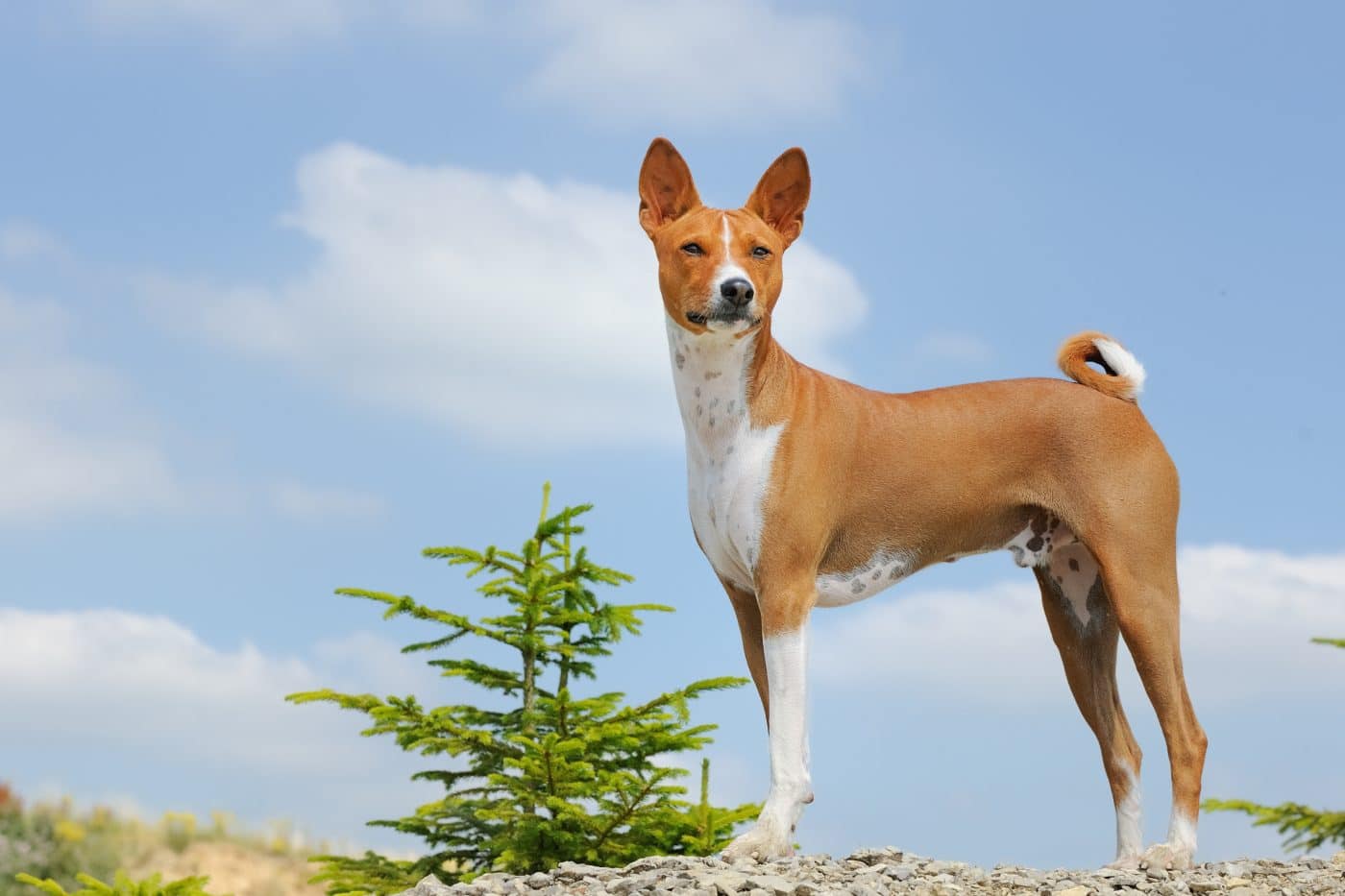 Shutterstock
Shutterstock
The Basenji is often called the “barkless dog,” and it’s been doing its quiet thing since ancient Egypt. Depicted in pharaohs’ tombs and prized by African tribes, this breed has kept its sleek body, curled tail, and aloof personality for thousands of years. They hunt by sight and scent, and they even groom themselves like cats, which is probably why they think they’re royalty. Their resistance to barking is less a modern quirk and more a throwback to their ancient roots. Honestly, the Basenji might be the only dog that could walk into a time machine and not need a style update.
Saluki
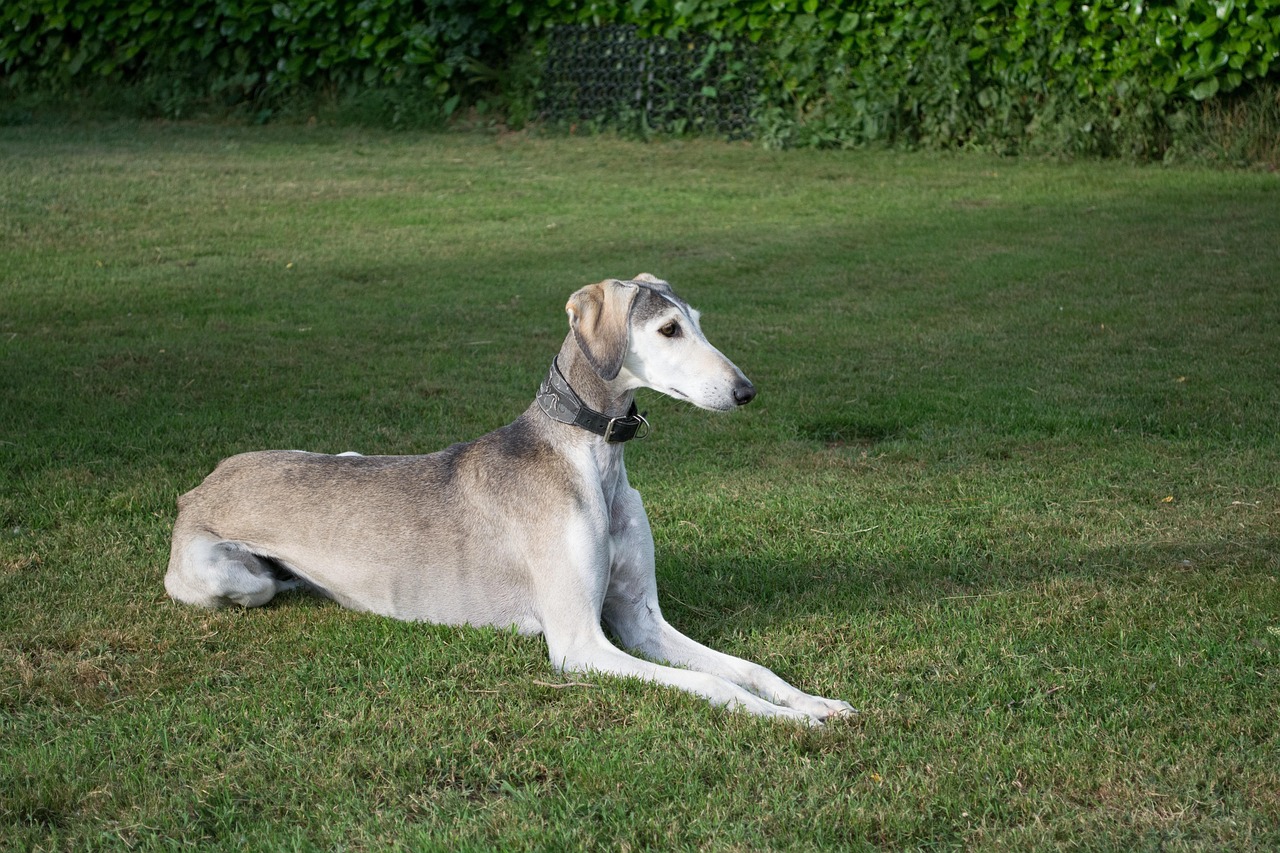 Shutterstock
Shutterstock
If there were a canine museum of ancient nobility, the Saluki would be behind velvet ropes. Revered by pharaohs and often called the royal dog of Egypt, Salukis have changed very little in appearance since ancient times. Their slim, graceful bodies and feathered ears still glide like poetry in motion. These dogs were bred for speed and hunting, and they still maintain that purpose and poise today. They don’t chase trends—they chase gazelles.
Afghan Hound
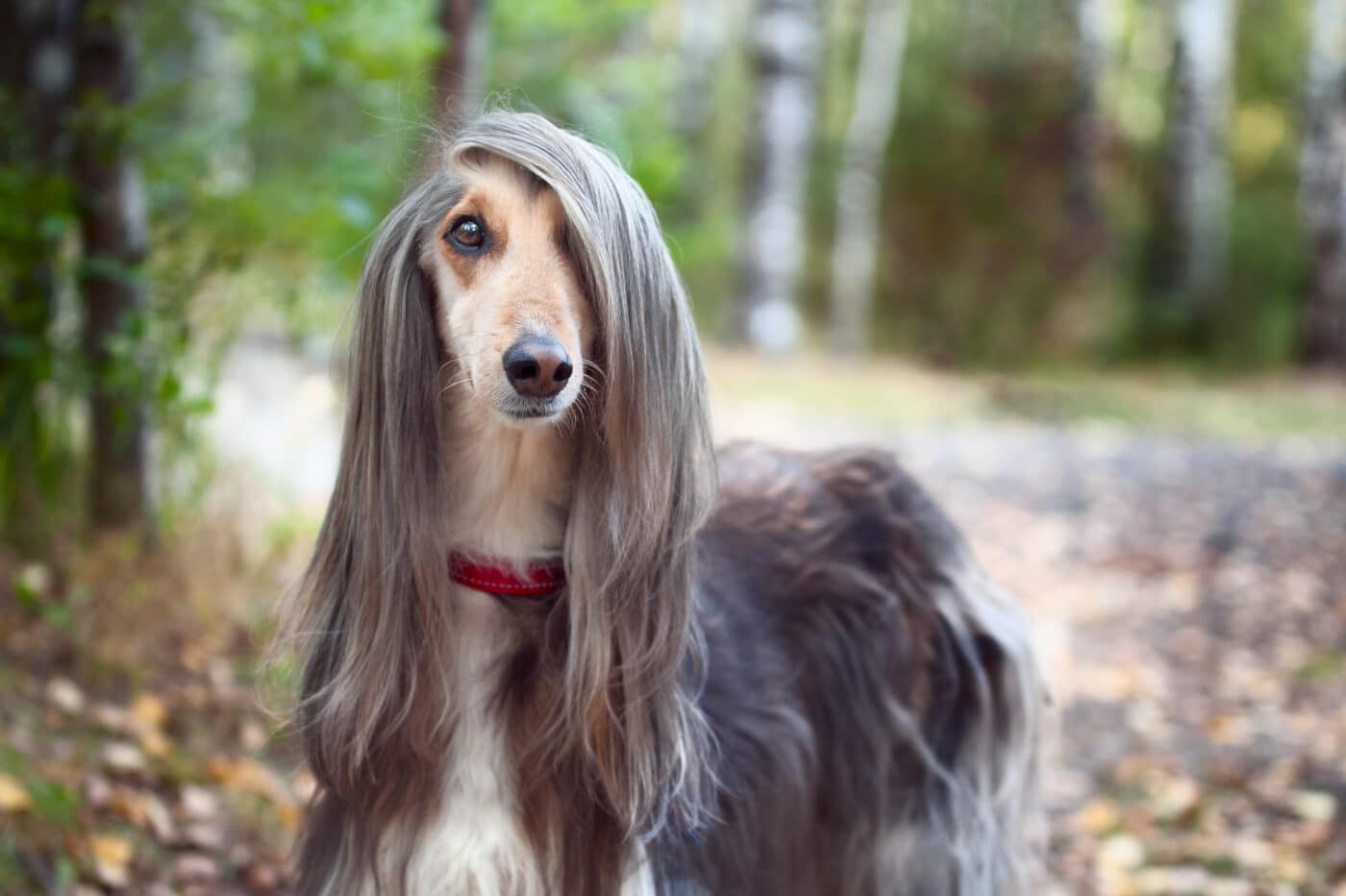 Shutterstock
Shutterstock
The Afghan Hound has the kind of majestic look that hasn’t changed since it was chasing prey across the mountains of Afghanistan thousands of years ago. With its long, flowing coat and aloof elegance, this breed still resembles ancient carvings found in Central Asia. Afghan Hounds were built for endurance and grace, and they still carry themselves like high-end models who just left an ancient palace. Their DNA is as untouched by modern fads as their fabulous hair. Just try telling an Afghan Hound to evolve—it’ll give you a slow blink and a hair flip.
Akita
 Shutterstock
Shutterstock
Originating in Japan, the Akita is a breed that has stayed loyal to its original form and purpose: guarding and protecting. The breed has been around since at least 1,000 years ago and has maintained its thick double coat, powerful frame, and famously stoic personality. Akitas have been royal watchdogs, spiritual protectors, and national treasures. While some dog breeds have been reshaped over the years for size or cuteness, the Akita said, “No thanks, I’m perfect.” It still looks like it’s guarding a samurai village somewhere.
Chow Chow
 Shutterstock
Shutterstock
The Chow Chow is like a fluffy fossil that’s still alive and judging you. This breed comes from ancient China, where it was used for hunting, herding, and guarding temples. Its distinct lion-like mane, blue-black tongue, and serious stare have remained unchanged for over 2,000 years. Emperors once kept these dogs as palace companions, and they still carry that noble attitude today—usually while hogging the couch. If time travel existed, the Chow Chow would probably still refuse to chase a ball in any century.
Shar Pei
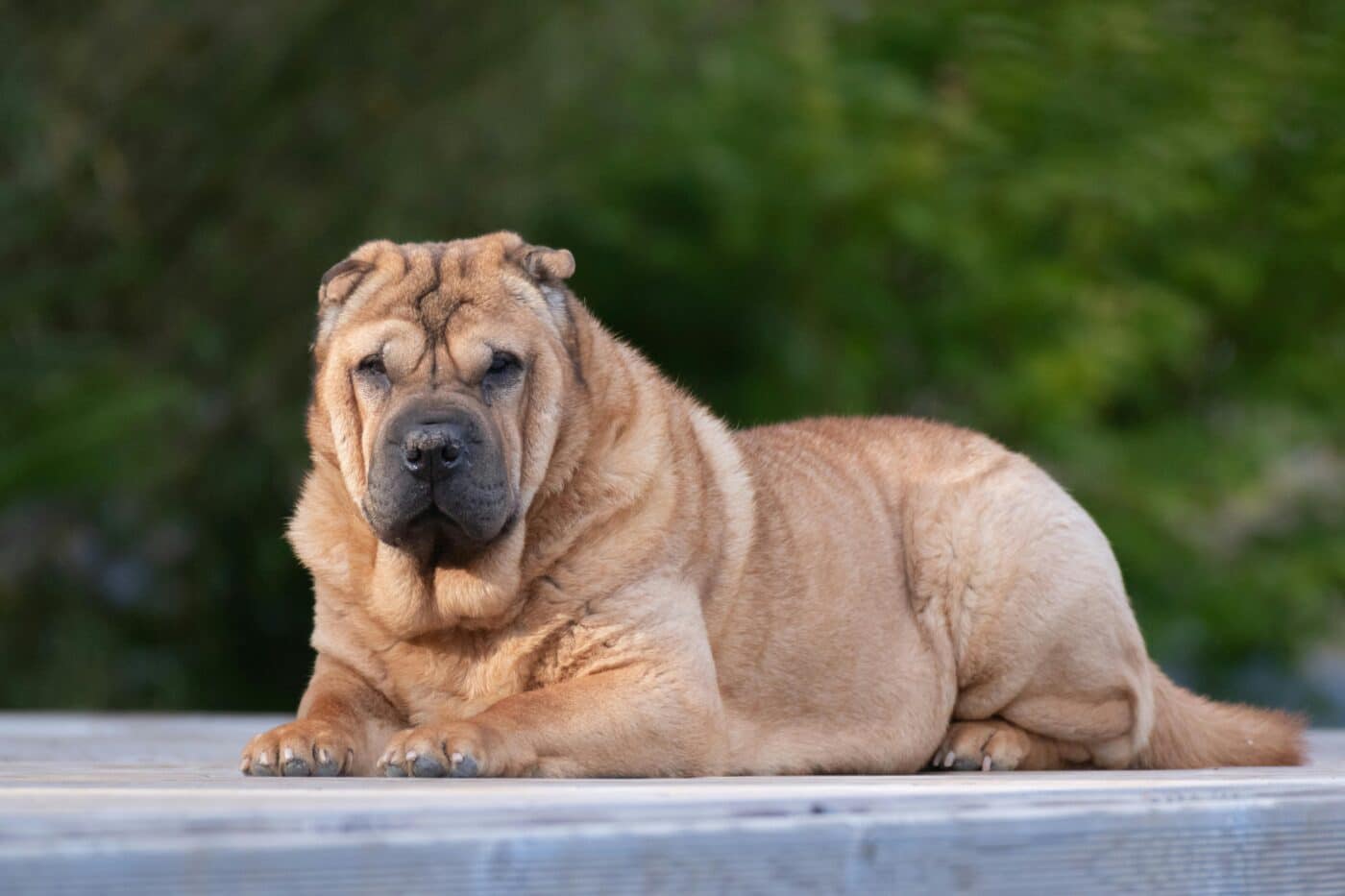 Shar Pei
Shar Pei
You’ve probably seen a Shar Pei and thought, “How is that a real dog?” But those wrinkles have been wrinkling since before paper was common. Dating back over 2,000 years in China, the Shar Pei was bred as a farm dog, fighter, and guardian. Its trademark folds, blue tongue, and boxy face haven’t changed much since the Han Dynasty. Shar Peis are like walking time capsules—adorable, wrinkled time capsules with attitude. They’ve truly perfected the ancient art of looking unimpressed.
Alaskan Malamute
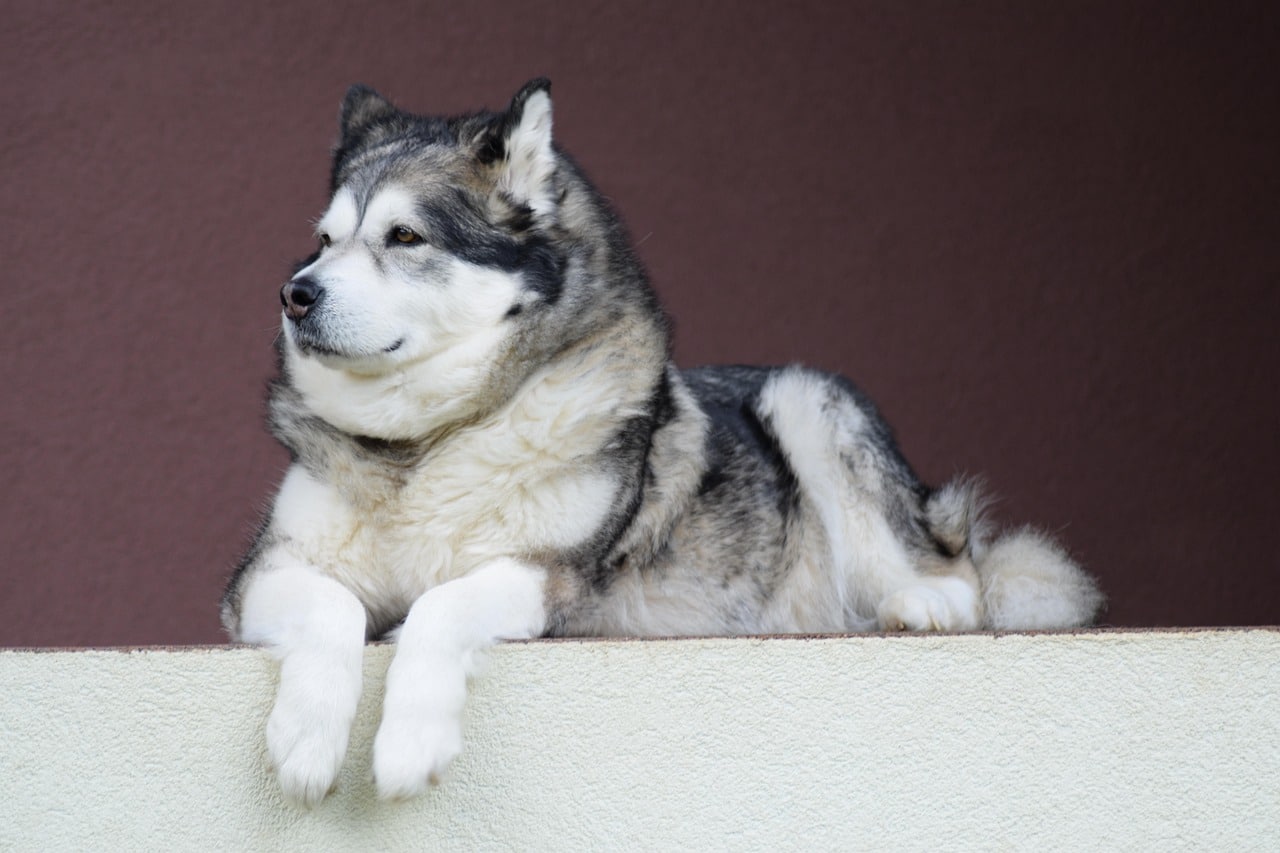 Shutterstock
Shutterstock
This Arctic powerhouse has been pulling sleds and hauling supplies for thousands of years without changing much at all. Alaskan Malamutes were bred by native Inuit tribes for their strength and stamina, and their thick coats, powerful build, and wolf-like features still match ancient depictions. While they now pull hearts instead of sleds, their instincts and appearance are still pure ice-age vibes. Evolution saw the Malamute and said, “Yep, nailed it on the first try.” They still look like they just came back from a snowstorm with a side of legend.
Siberian Husky
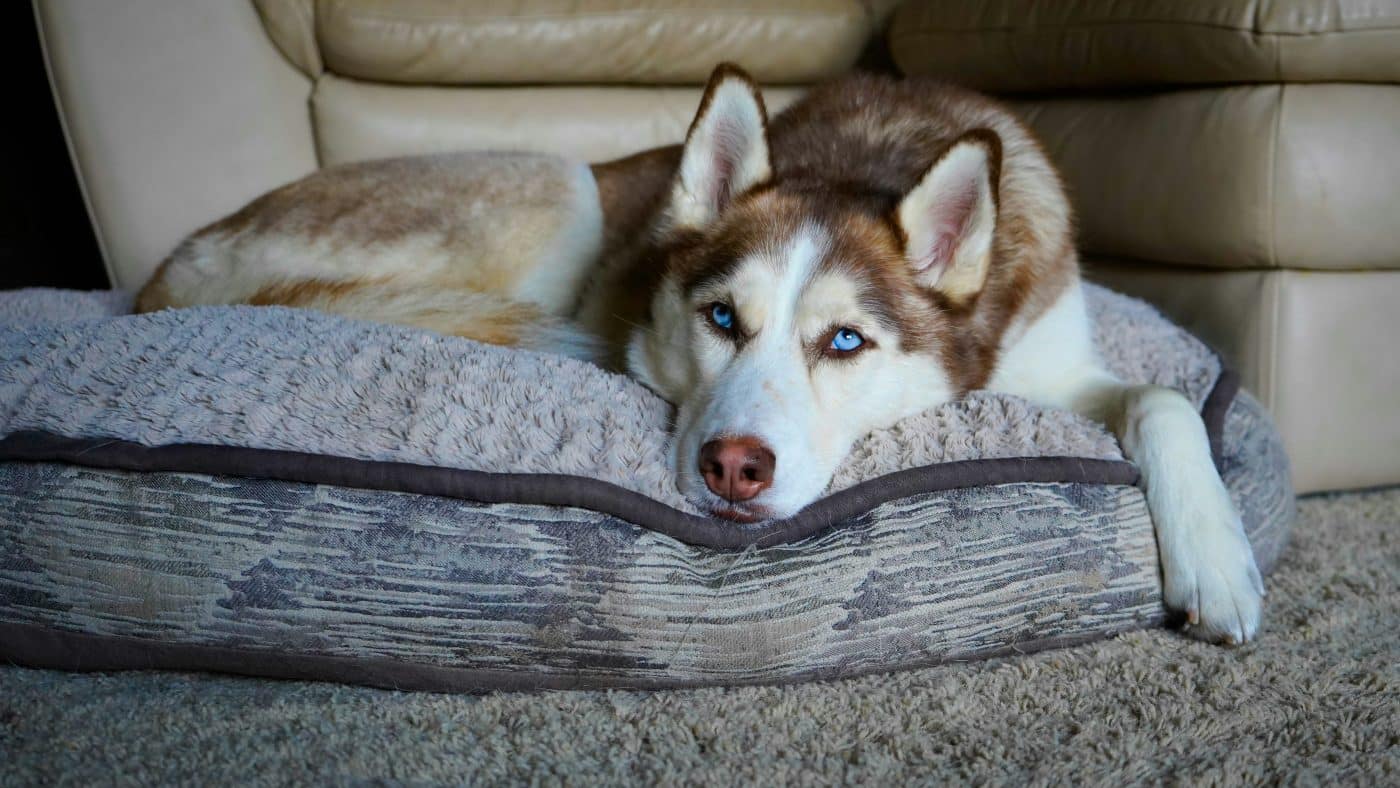 Shutterstock
Shutterstock
Like its cousin the Malamute, the Siberian Husky has stayed remarkably true to its roots. Developed by the Chukchi people of Siberia, this breed was built for endurance in freezing conditions and remains virtually unchanged from its original form. Their thick double coat, piercing eyes, and high-energy drive have stood the test of time and snow. Huskies still thrive in cold climates and pull sleds like they’re training for the ancient Olympics. Modern living hasn’t dulled their primal energy—just ask your furniture.
Samoyed
 Shutterstock
Shutterstock
The Samoyed is another frosty fluffball that looks just like it did thousands of years ago. Originally bred by the Samoyedic people of Siberia, this breed helped herd reindeer and keep its humans warm by sleeping beside them in freezing tents. Their iconic white coat, perpetual smile, and sturdy build haven’t changed since woolly mammoths were a casual topic of conversation. Samoyeds are like living marshmallows with ancient work ethics and a need for hugs. They’ve been good boys since the Ice Age.
Tibetan Mastiff
 Shutterstock
Shutterstock
Massive, fluffy, and mysterious, the Tibetan Mastiff has patrolled Himalayan monasteries for centuries—and looks exactly like it did back then. These dogs were bred to guard flocks and temples in freezing mountain conditions, and their thick coats and lion-like manes haven’t changed a bit. Their imposing size and strong instincts make them natural guardians, and their stoic expressions haven’t evolved an ounce of goofiness. These dogs are ancient security systems with zero tolerance for nonsense. They’ve been intimidating for thousands of years and have no plans to stop.
Canaan Dog
 Shutterstock
Shutterstock
Straight out of ancient Israel, the Canaan Dog is one of the oldest known pariah dogs and has remained almost entirely unchanged since biblical times. Used as herders, guards, and even messengers, these dogs were known for their independence and adaptability. Their lean, agile bodies and alert demeanor helped them survive in deserts and rough terrain. They were rediscovered living semi-wilds in the 20th century—and were the same as they were in ancient texts. They’re the original “don’t touch my food” dogs.
Pharaoh Hound
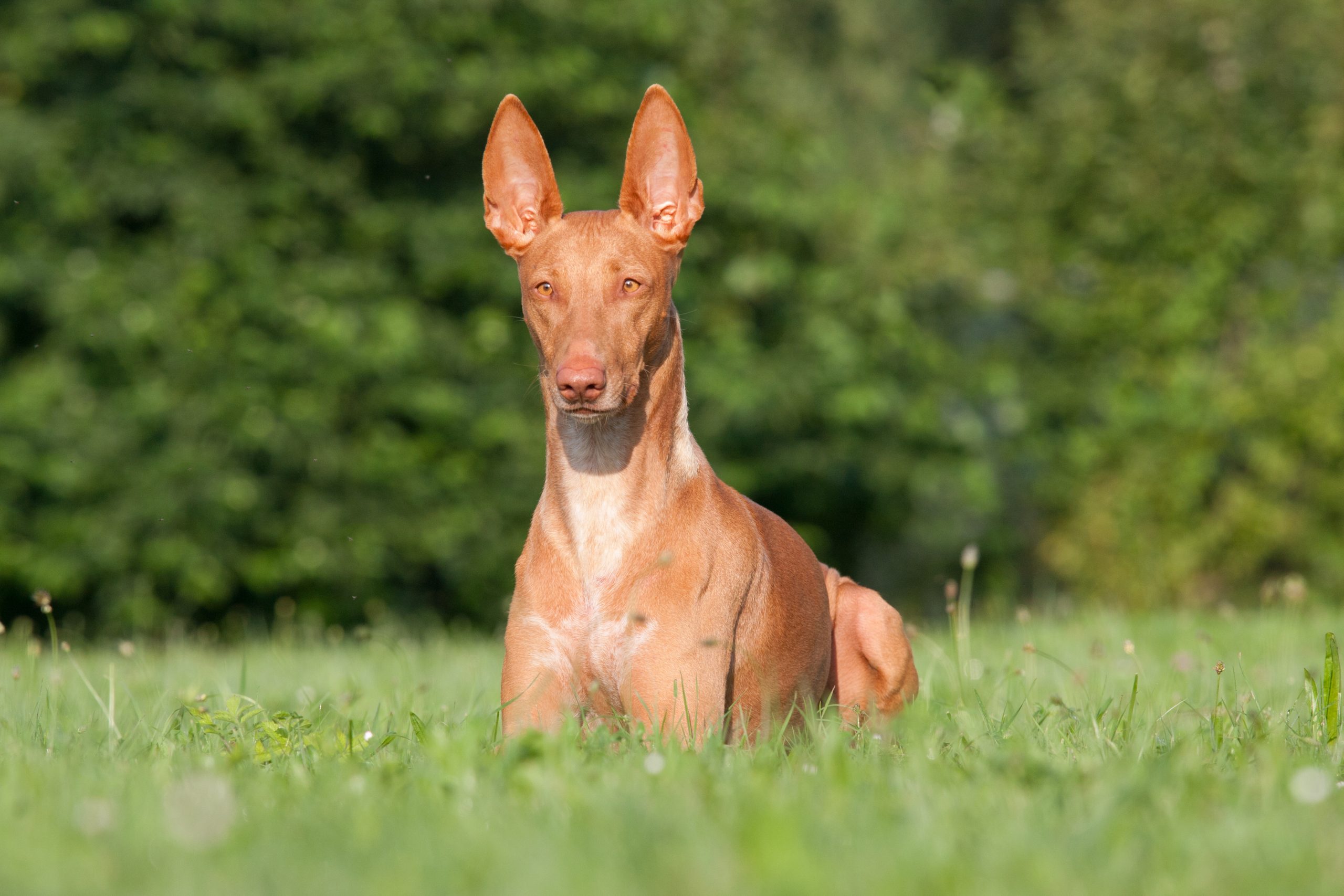 Shutterstock
Shutterstock
Despite its name, the Pharaoh Hound hails from Malta, but its resemblance to ancient Egyptian dog art is striking and deliberate. With its sleek build, upright ears, and graceful movement, this breed could easily pass for a hieroglyph in motion. Pharaoh Hounds were likely used for hunting in rocky desert terrain, and they still retain the same athleticism and elegance. Their tendency to blush (yes, their noses and ears turn pink when excited) just adds to their ancient mystique. These dogs haven’t changed—they’ve just found new couches to rule.
Xoloitzcuintli
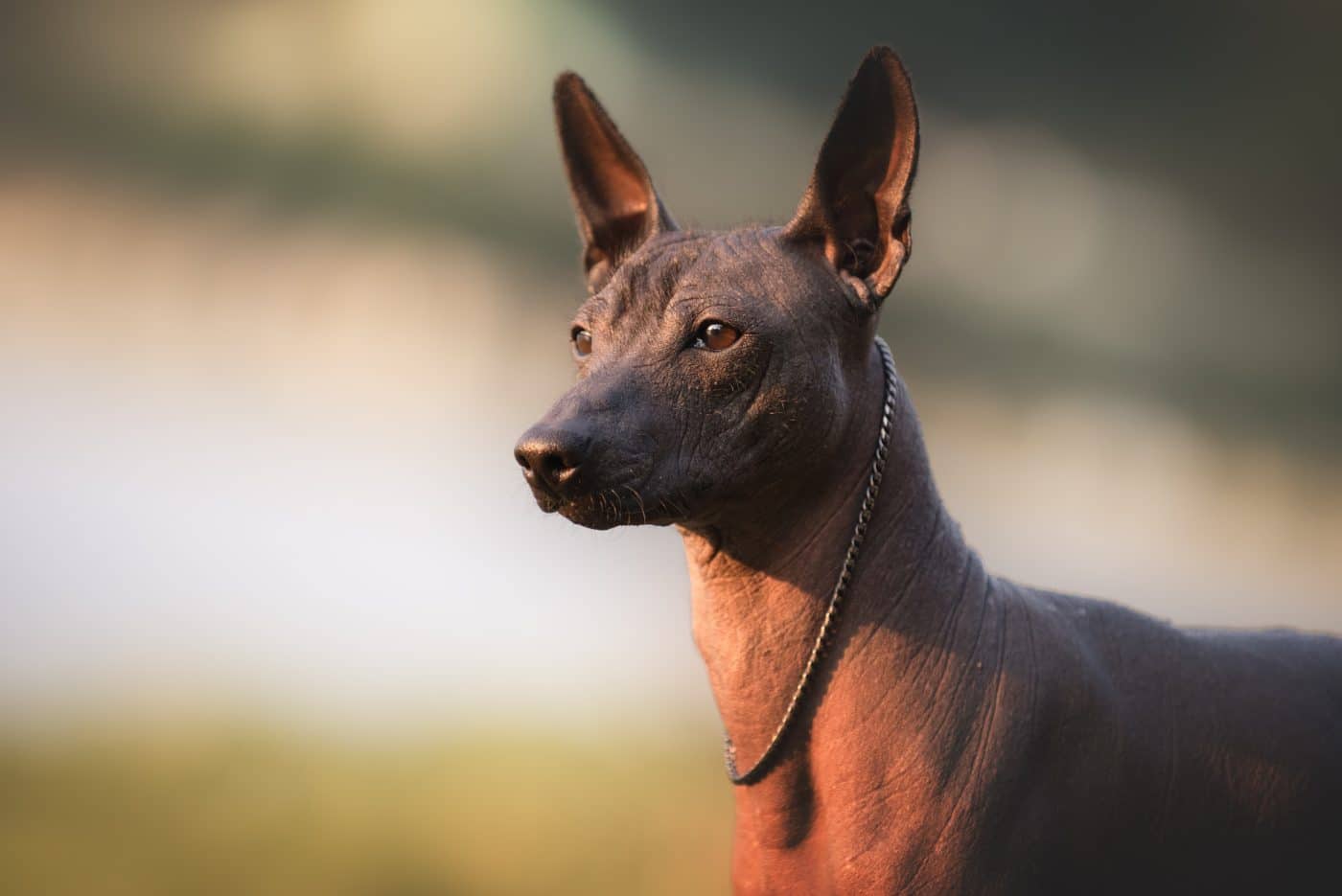 Shutterstock
Shutterstock
Try saying that three times fast—or just call them Xolos. This ancient Mexican breed has been around for over 3,000 years and was considered sacred by the Aztecs, Toltecs, and Maya. The Xolo’s mostly hairless body and unique appearance are the same now as they were when they were buried alongside kings. Their role as guardians and healers hasn’t faded, either—they were believed to ward off evil spirits and provide warmth to aching bones. Even now, they’re the ancient hipsters of the dog world, proudly rocking their natural look.
New Guinea Singing Dog
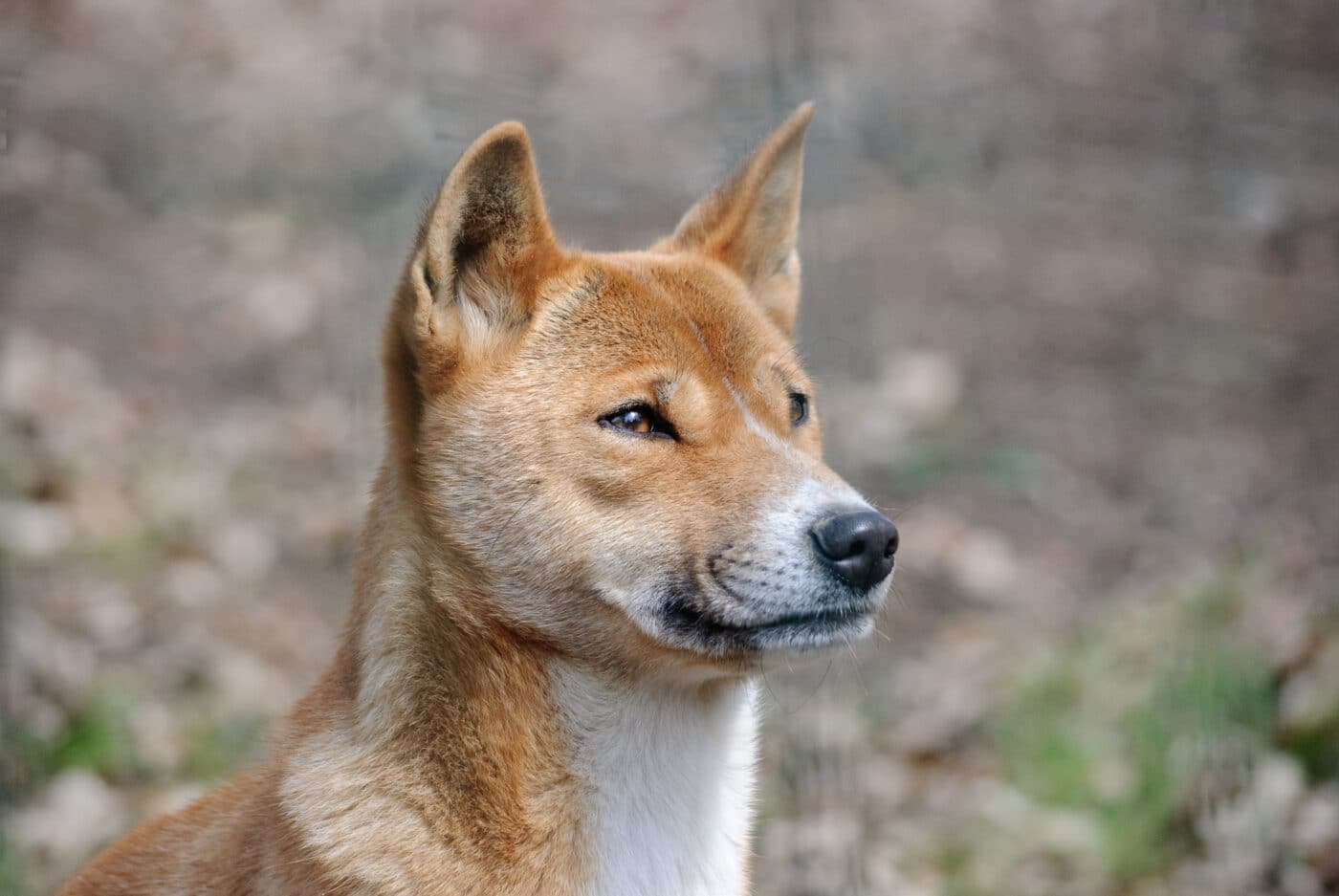 Shutterstock
Shutterstock
Rare and wild, the New Guinea Singing Dog is believed to be one of the most primitive dogs still in existence. With its distinct vocalizations and high-pitched howls, this breed remained isolated in the mountains of Papua New Guinea for thousands of years. Genetic studies show it hasn’t changed much since prehistoric times, and it still retains its wild instincts and agility. These dogs are known for climbing and squeezing through tight spaces like feline ninjas. They’re ancient, and mysterious, and sound like a haunted flute collection when they vocalize.
Greenland Dog
 Shutterstock
Shutterstock
A close cousin to the Siberian Husky and Alaskan Malamute, the Greenland Dog is another arctic breed that’s stayed the same since it first started pulling sleds thousands of years ago. Native Inuit populations bred them for endurance and survival, and those traits remain hardwired into their DNA. They have broad chests, thick fur, and a work ethic that rivals most coffee-fueled humans. Greenland Dogs still thrive in harsh, frozen environments and resist the whole “couch potato” lifestyle. They’re the cold-weather jocks of the ancient world.
The Dogs Who Refused a Makeover
 Shutterstock
Shutterstock
The time-honored legends of the dog world, these ancient breeds haven’t let centuries of change shake their vibe. While humans invented Wi-Fi, fast food, and questionable fashion trends, these dogs kept doing what they’ve always done—guarding, surviving, and looking like majestic masterpieces. They’ve outlasted empires and hairstyles, proving that greatness doesn’t need a glow-up. Whether pulling sleds or protecting royalty, they were iconic from the start. Evolution simply shrugged and said, “Perfection achieved.” Who needs updates when you’re already legendary?

 1 week ago
10
1 week ago
10






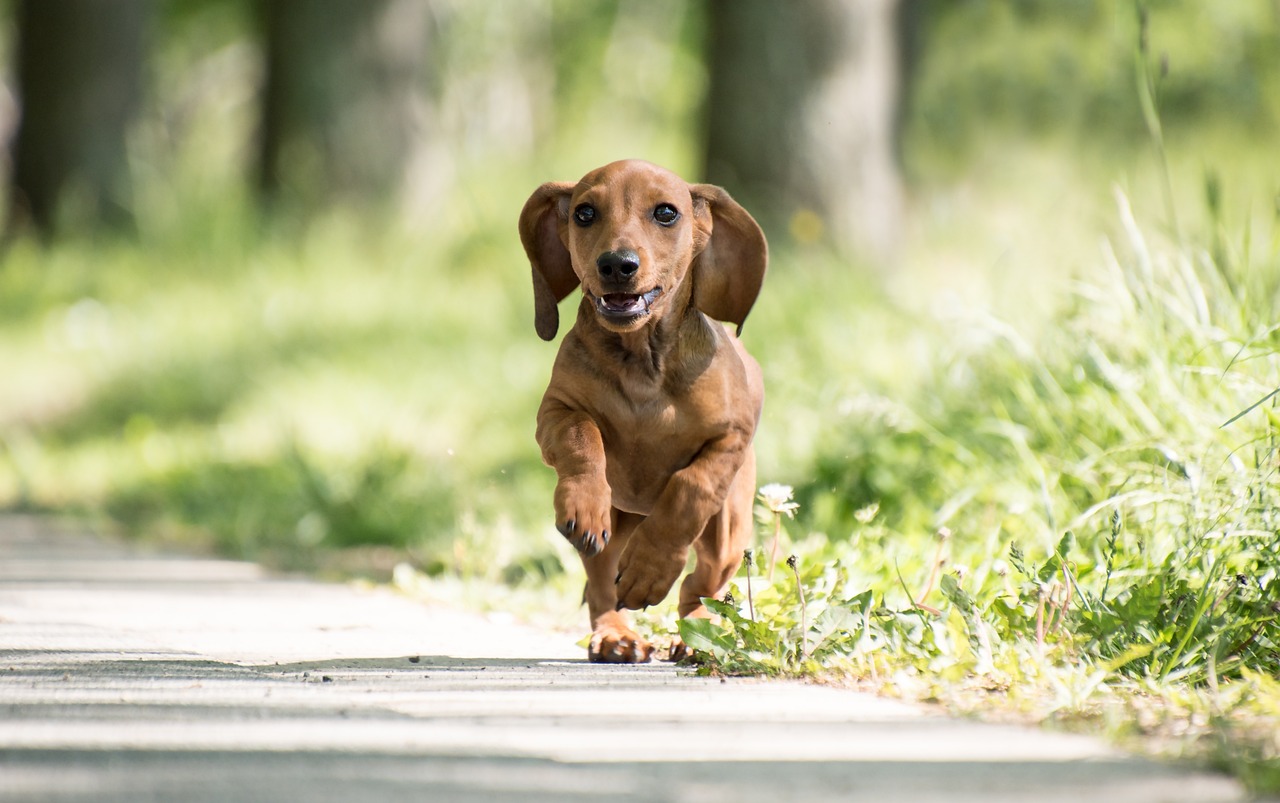




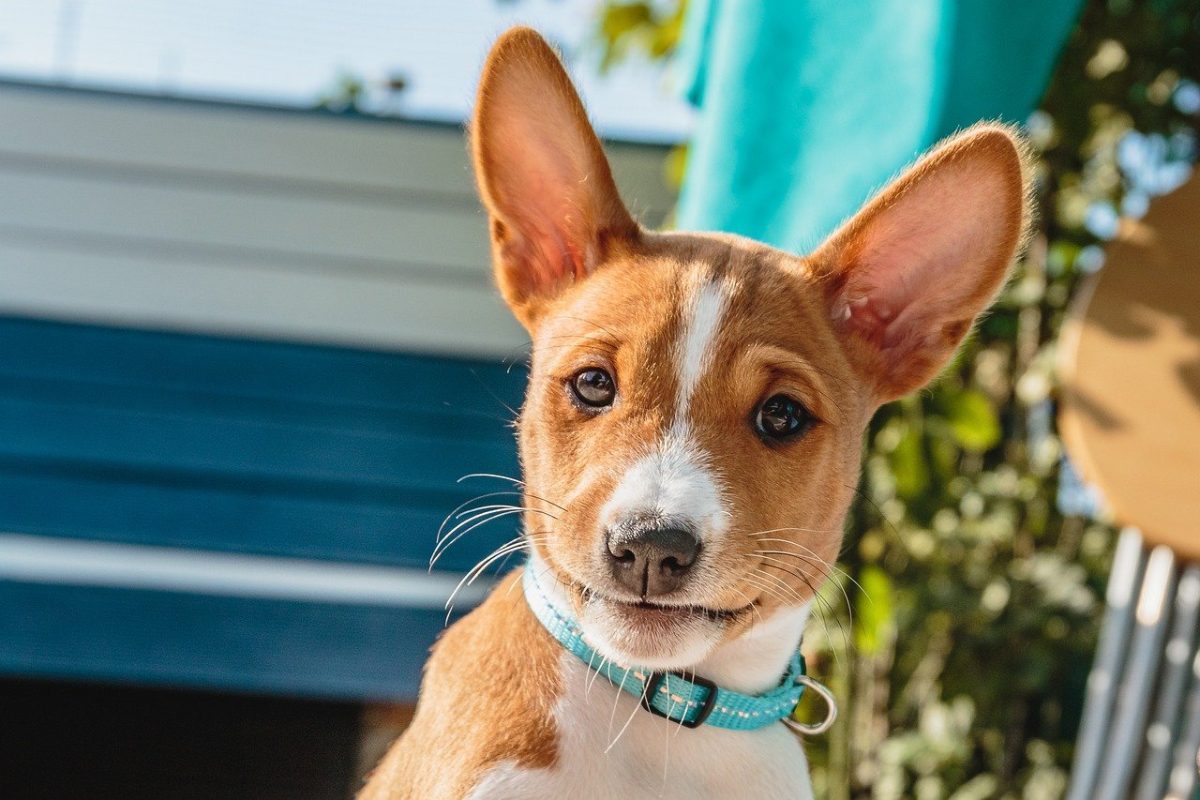
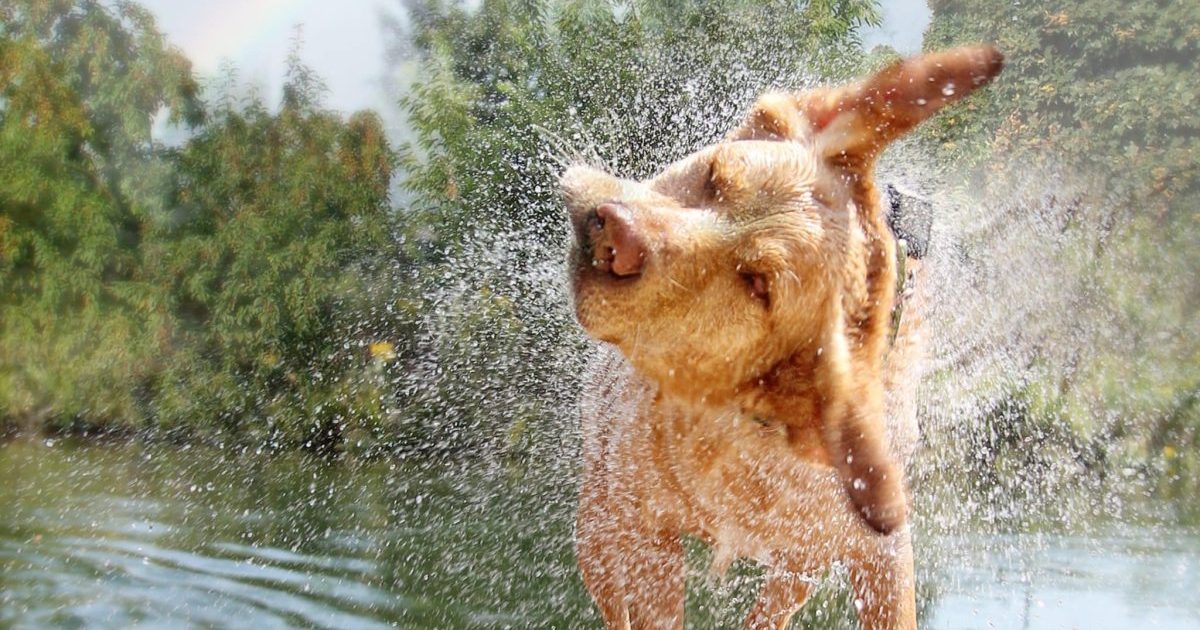

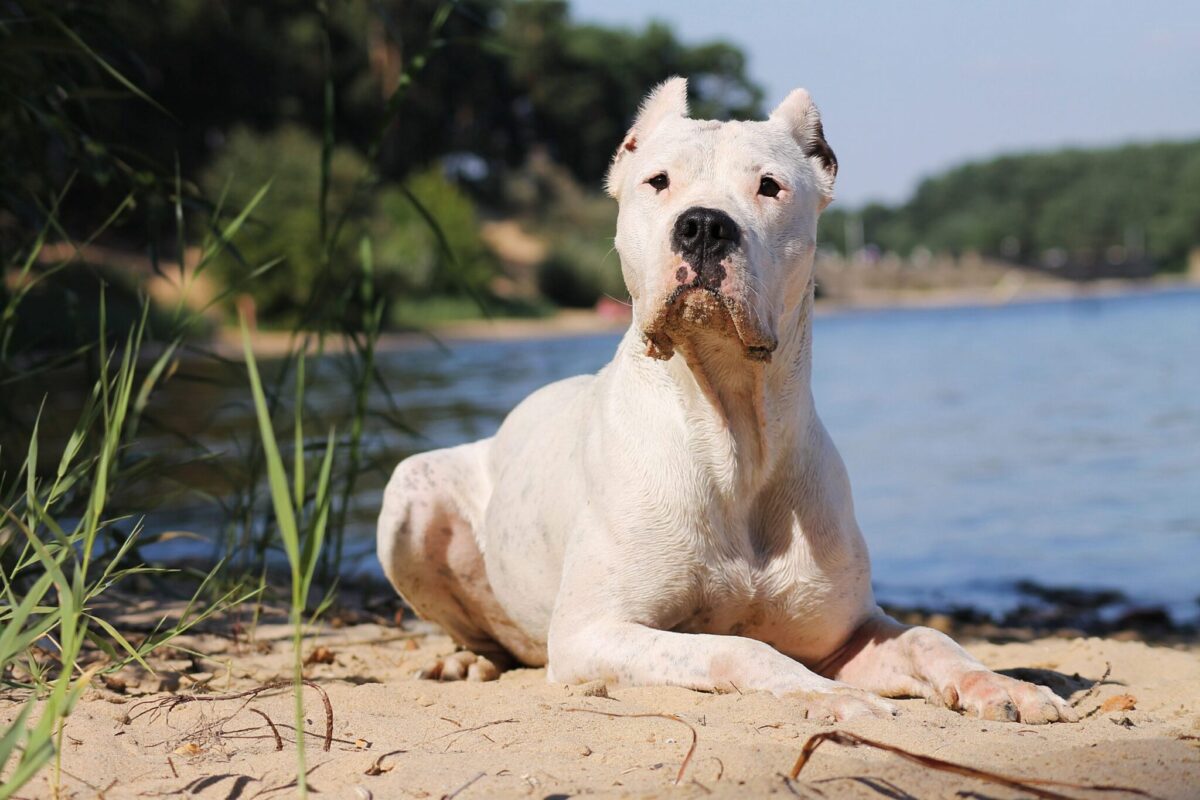
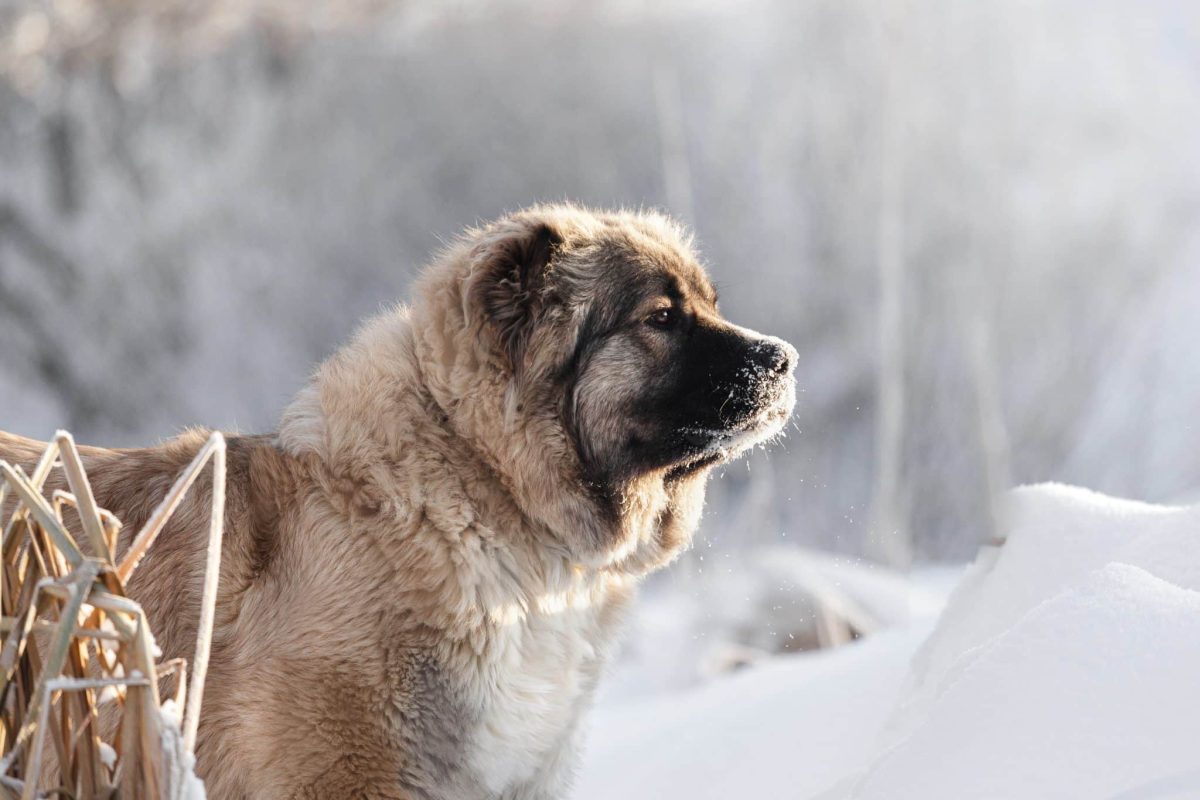


 English (US) ·
English (US) ·